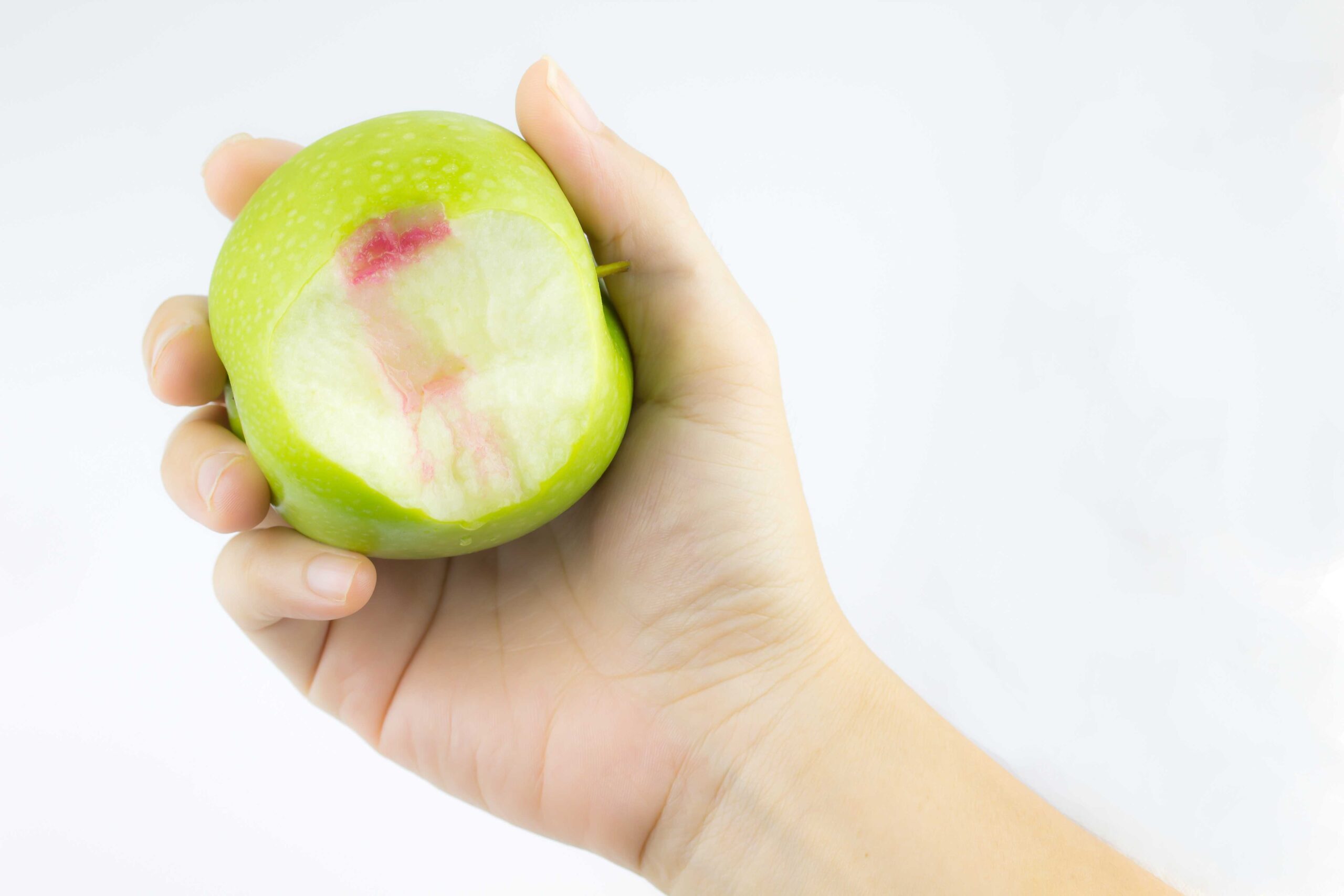

What Is Gum Bleeding? Causes, Symptoms, and Treatment
Gum bleeding is an important indicator of oral health and is often a sign of underlying gum disease. While it typically occurs during tooth brushing or flossing, it can also signal more serious health issues. The causes of gum bleeding are not limited to poor oral hygiene—many other factors can contribute to this condition. In this article, we’ll explore the causes, symptoms, possible complications, and treatment methods for gum bleeding in detail.
What Is Gum Bleeding?
Gum bleeding commonly indicates inflammation of the gums, known as gingivitis. Gums are soft tissues that surround and support the base of the teeth, helping to keep them firmly in place. In healthy individuals, the gums should not bleed during daily oral hygiene routines such as brushing, flossing, or eating. Therefore, bleeding is often a sign of an underlying oral health problem.
What Causes Gum Bleeding?
There are various reasons behind gum bleeding, ranging from minor oral hygiene issues to systemic health conditions:
-
Gum Disease: Gingivitis and its advanced form, periodontitis, are among the most common causes. These diseases are typically triggered by plaque buildup.
-
Poor Oral Hygiene: Infrequent brushing or lack of flossing leads to plaque accumulation, resulting in inflamed and bleeding gums.
-
Incorrect Brushing Technique: Brushing too hard or using a hard-bristled toothbrush can injure the gums.
-
Hormonal Changes: Especially during pregnancy, hormonal fluctuations can increase gum sensitivity and bleeding.
-
Nutritional Deficiencies: Lack of vitamin C or vitamin K can negatively affect gum health.
-
Chronic Diseases: Conditions like diabetes or hemophilia may increase the risk of gum bleeding.
-
Medication Use: Blood-thinning medications (anticoagulants) can contribute to bleeding gums.
Symptoms and Types of Gum Bleeding
Gum bleeding may occur alone or alongside other symptoms, and the frequency, severity, and duration of the bleeding help determine its cause.
Common Symptoms
-
Redness and Swelling: Inflamed gums are often red and swollen, usually accompanied by bleeding.
-
Pain or Sensitivity: While early-stage bleeding is often painless, pain and sensitivity may occur in advanced cases.
-
Bad Breath: Plaque buildup and gum inflammation can cause persistent halitosis.
-
Gum Recession: Gums may recede, exposing the roots of the teeth and causing bleeding.
Types of Gum Bleeding
-
Acute Gum Bleeding: Sudden and severe bleeding, often due to trauma or sudden plaque buildup.
-
Chronic Gum Bleeding: Persistent and mild bleeding, usually a symptom of untreated gum disease.
-
Localized Gum Bleeding: Bleeding limited to a specific area, often due to localized trauma or inflammation.
Potential Complications of Gum Bleeding
If left untreated, gum bleeding can lead to serious oral and systemic health complications:
-
Periodontitis: A progressive form of gum disease that may result in permanent tissue and bone damage.
-
Tooth Loss: Advanced periodontal disease can weaken the structures supporting the teeth, causing tooth loss.
-
Bone Loss: Gum disease can also lead to erosion of the jawbone.
-
Heart Disease: Research shows a correlation between gum disease and cardiovascular problems due to bacteria entering the bloodstream.
-
Pregnancy Complications: Gum disease during pregnancy has been linked to preterm birth and low birth weight.
How Is Gum Bleeding Treated?
The treatment of gum bleeding depends on the underlying cause. Since bleeding is often associated with gum disease, the focus is typically on restoring gum health.
Improving Oral Hygiene
-
Proper Brushing: Use a soft-bristled toothbrush and brush twice daily using the correct technique. Avoid brushing too aggressively.
-
Flossing: Daily use of dental floss helps remove plaque and food particles from between teeth and along the gumline.
-
Antibacterial Mouthwash: Use antiseptic mouth rinses to reduce inflammation and control bacterial growth.
Professional Dental Care
-
Dental Cleaning: Regular professional cleanings remove tartar and plaque that contribute to gum disease.
-
Scaling and Root Planing (Curettage): Deep cleaning procedures that remove buildup below the gumline in more advanced cases.
Medical Treatment
-
Antibiotics: In cases of infection, your dentist may prescribe antibiotics to control the spread of bacteria.
-
Surgical Interventions: Advanced cases may require gum surgery to repair or reshape damaged tissues.
Nutritional Support
-
Vitamin C: Essential for healthy gums. Citrus fruits, bell peppers, and broccoli are rich in vitamin C.
-
Vitamin K: Important for proper blood clotting. Leafy green vegetables are good sources of vitamin K.
Conclusion
Gum bleeding is often the first sign of gum disease and should not be ignored. Identifying the cause of bleeding is crucial for prevention and effective treatment. Maintaining proper oral hygiene, attending regular dental checkups, and following a nutritious diet are essential steps in protecting your gum health.
Remember: Healthy gums are a reflection of your overall health. Don’t ignore the signs—take action early to prevent serious complications.
